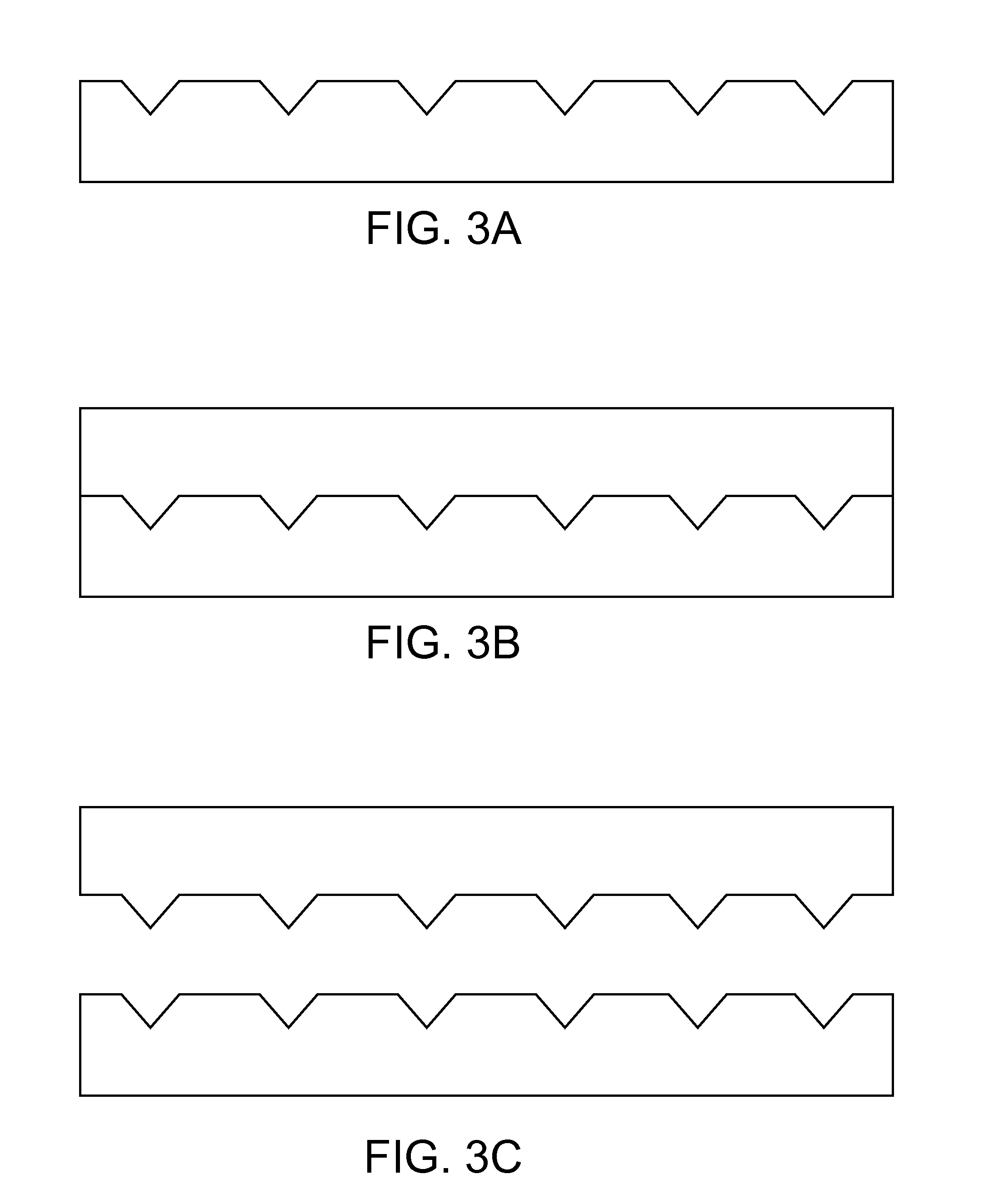Apparatus and Method for Measuring Physiological Functions
a physiological function and sensor technology, applied in the field of physiological function measurement apparatus, can solve the problems of inability to measure hydration in active participants, individual at risk of health problems and even death, and dehydration reduces both mental and physical performance of individuals, so as to achieve effective measurement, reduce interference, and reduce the effect of dehydration
- Summary
- Abstract
- Description
- Claims
- Application Information
AI Technical Summary
Benefits of technology
Problems solved by technology
Method used
Image
Examples
Embodiment Construction
[0039]In the following discussion, numerous specific details are set forth to provide a thorough understanding of the present invention. However, those skilled in the art will appreciate that the present invention may be practiced without such specific details. In other instances, well-known elements have been illustrated in schematic or block diagram form in order not to obscure the present invention in unnecessary detail.
[0040]Reference will now be made in detail to the exemplary embodiments of the present invention, examples of which are illustrated in the accompanying drawings.
[0041]A skin tenting test is often used as a rough index of an individual's state of hydration by EMTs. When the skin and underlying subcutaneous tissue are pinched, raised up, and released, they return to a flat state without delay. When an individual is dehydrated the response becomes progressively slower. The invention provides for an improved skin tenting measurement by pinching the skin and using micr...
PUM
| Property | Measurement | Unit |
|---|---|---|
| frequencies | aaaaa | aaaaa |
| elastic | aaaaa | aaaaa |
| biocompatible | aaaaa | aaaaa |
Abstract
Description
Claims
Application Information
 Login to View More
Login to View More - R&D
- Intellectual Property
- Life Sciences
- Materials
- Tech Scout
- Unparalleled Data Quality
- Higher Quality Content
- 60% Fewer Hallucinations
Browse by: Latest US Patents, China's latest patents, Technical Efficacy Thesaurus, Application Domain, Technology Topic, Popular Technical Reports.
© 2025 PatSnap. All rights reserved.Legal|Privacy policy|Modern Slavery Act Transparency Statement|Sitemap|About US| Contact US: help@patsnap.com



